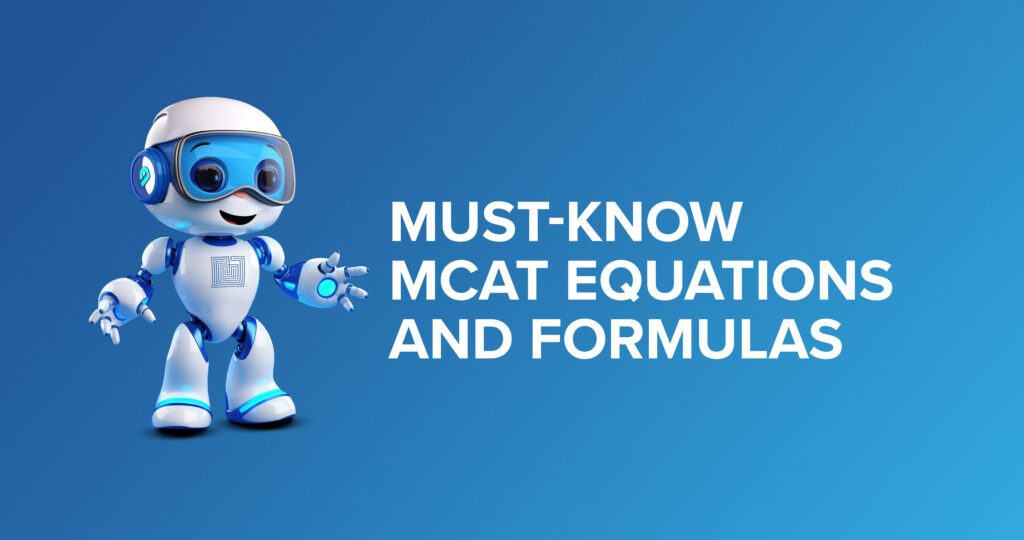In the Felkin model, a carbon which is originally achiral can undergo a reaction to generate a single enantiomer with 98% yield (with the remaining 2% generating the opposite enantiomer). This type of reaction is best described as:
A) Chiral chromatography
B) Racemization
C) Asymmetric induction
D) Unimolecular elimination
Explanation
A) Chiral chromatography
B) Racemization
C) Asymmetric induction
D) Unimolecular elimination
Asymmetric induction (or enantioinduction) is the process of turning a non-chiral carbon into a chiral carbon, with an end product that produces an asymmetric result – one enantiomer is vastly preferred over the other. Thus (C) is the best description.
A: Chromatography is the process of separating out components of mixture. The process described in the question doesn’t describe any separation.
B: Racemization is, in a sense, the opposite of what’s described in the question. A mixture which has one chiral form undergoes a reaction resulting in equal amounts of the two enantiomers – thereby turning an optically active mixture into an optically inactive racemic mixture.
D: The actual reaction mechanism is not discussed, so we have no reason to suspect that the Felkim model is based on an E1 reaction mechanism.
Want more MCAT practice?
We’ve got options for every schedule and learning style!
From the best online MCAT course created by top instructors with 524+ MCAT scores to the most representative full-length practice exams and private tutoring, we can custom tailor your MCAT prep to your goals!
Not sure which option is right for you? Schedule a free MCAT consultation with an MCAT expert using the form below. No obligation, just expert advice.
Create your Free Account to access our MCAT Flashcards
Search the Blog

Free Consultation
Interested in our Online MCAT Course, One-on-One MCAT Tutoring or Med admissions packages? Set up a free consultation with one of our experienced Senior Student Advisors.
Schedule NowPopular Posts
-
MCAT Blog What's on the MCAT?
-
MCAT Blog How to Review MCAT Full Lengths

Free MCAT Practice Account
Need great MCAT practice?Get the most representative MCAT practice possible when you sign up for our free MCAT Account, which includes a half-length diagnostic exam and one of our full-length MCAT practice exams.
Learn More








